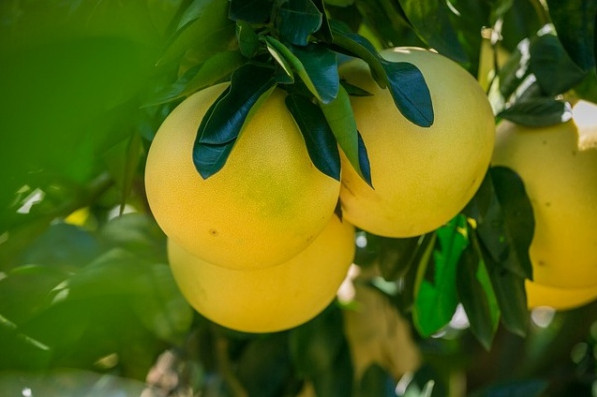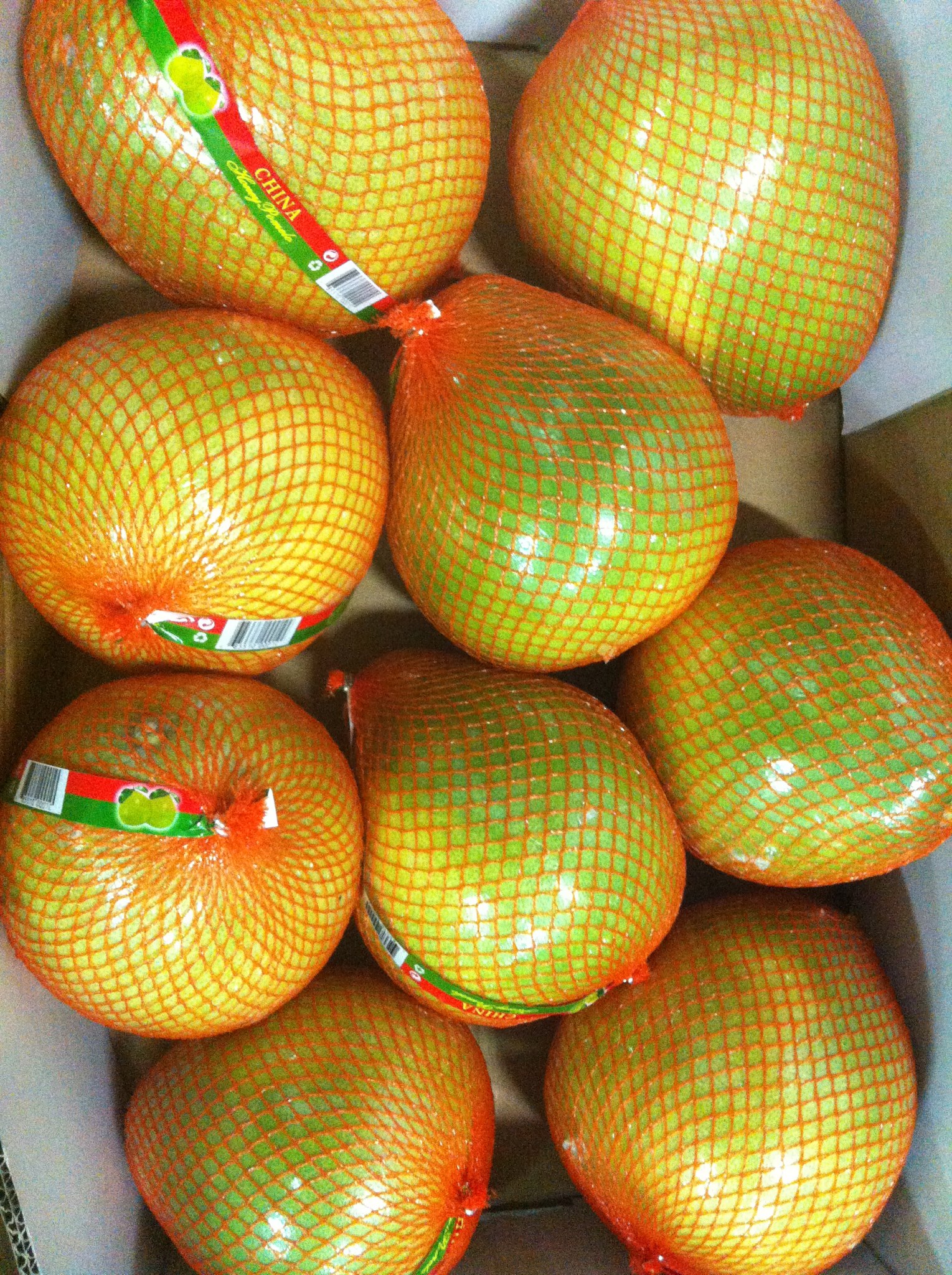China is not only one of the largest producers of pomelo in the world but also one of the oldest. The fruit has been cultivated in southern China for over 2,000 years, deeply intertwined with traditional Chinese medicine, culture, and cuisine. Pomelo, known as “柚子” (youzi) in Mandarin, is especially popular during the Mid-Autumn Festival, where it is offered to the moon and enjoyed alongside mooncakes. This tradition is rooted in ancient beliefs that pomelo brings good luck and health. The act of peeling and sharing the fruit during family gatherings reinforces social bonds and family unity. Historically, pomelo trees were often planted in family courtyards as symbols of abundance, and the fruits were displayed on altars as offerings to ancestors and deities.
In southern Chinese folklore, pomelo is associated with fertility and protection. Parents would often give a pomelo to newlyweds or expecting mothers, believing it would bless them with prosperity and healthy children. In some regions, pomelo leaves are used in ritualistic baths to “cleanse” the body of bad luck before significant events such as weddings, New Year’s Eve, or business openings. This symbolic use of pomelo reflects a broader cultural connection between food, spirituality, and well-being in Chinese society.

1. Origins and Growing Regions
The most famous region for pomelo cultivation in China is Pinghe County, located in the southeastern province of Fujian. This region is often referred to as the “hometown of Chinese pomelo.” The Pinghe Honey Pomelo is highly regarded for its large size, smooth yellow rind, and sweet, juicy pulp. Pinghe alone accounts for over 40% of China’s pomelo output. The soil in Pinghe is slightly acidic, well-drained, and rich in minerals, making it ideal for citrus cultivation. The region’s subtropical climate—with hot, humid summers and mild winters—creates optimal growing conditions. In addition to natural advantages, Pinghe farmers employ generations of traditional knowledge combined with modern farming techniques, such as drip irrigation and integrated pest management.
Beyond Pinghe, other provinces such as Guangxi, Guangdong, Sichuan, and even parts of Yunnan grow pomelo. In Guangxi, the fruit is cultivated in Wuming and Liuzhou, where the warm, misty environment contributes to a more floral aroma. Guangdong Province, especially in the city of Meizhou, produces a variety with slightly more acidic notes and firm texture, which is preferred in Cantonese cooking. Sichuan’s pomelos, though smaller, are known for their balance of sweetness and tang, and are often sold in local markets. Each of these regions has developed local cultivars with specific flavor profiles, adapting to consumer preferences and soil conditions.
Moreover, several agricultural cooperatives and pomelo-themed ecological parks have been developed in these regions to promote agri-tourism. Visitors can tour orchards, learn about cultivation techniques, and even participate in harvest festivals. These efforts have helped strengthen the identity of pomelo as a cultural and economic asset in rural China.

2. Culinary Uses
Pomelo is widely used in Chinese dishes, both savory and sweet. It features prominently in:
- Pomelo salad with shredded chicken, sesame oil, and crushed peanuts, offering a refreshing mix of protein and citrusy brightness.
- Candied pomelo peel, which is made by boiling and sugaring the skin, creating a chewy, fragrant treat often enjoyed during festivals.

- In traditional Chinese medicine, dried pomelo peel is valued for its warming properties and is commonly used in herbal teas to treat coughs and indigestion.

- Pomelo pulp is added to sweet soups (tong sui) or chilled herbal teas like chrysanthemum or goji berry tea for a soothing, detoxifying effect.
- Modern Chinese pastry chefs have also experimented with pomelo tarts, mousses, and infused mooncakes, bringing a fresh twist to traditional flavors.
3. Cultural Significance
Beyond its culinary roles, pomelo has symbolic significance. The round shape and golden color represent fullness and wealth. During Lunar New Year, pomelos are often placed on home altars or gifted to relatives and business partners. In Cantonese, the word for pomelo sounds like “to have,” which adds to its auspicious nature. In southern Chinese traditions, pomelo leaves are boiled to create a bath believed to wash away bad luck or sickness after funerals or big life events.
Pomelo’s role in Chinese opera and traditional art should also be noted. In several Chinese New Year plays, the fruit is used as a prop to represent prosperity. It also appears in folk paintings and temple wall carvings as part of festive motifs. In ancient Chinese poetry, pomelo is used as a metaphor for sweetness, resilience, and seasonal transitions.

4. Export and Global Reach
China exports pomelo primarily to Southeast Asia, Russia, and the EU, especially during the peak season from August to November. The export of pomelo is a major economic driver for regions like Pinghe, with large cooperatives and companies investing in cold storage, packaging, and international marketing. Pomelos are often waxed and wrapped in protective mesh or foam nets to maintain freshness during transport. Export standards prioritize uniform size (usually 1.2–1.5 kg), high sugar content (Brix levels above 10), low pesticide residue, and a blemish-free surface.

In recent years, China has also developed a pomelo juice concentrate industry, using surplus or cosmetically imperfect fruits. These are processed into juice, flavoring agents, or even cosmetic ingredients due to the antioxidant properties of pomelo. In summary, China’s pomelo industry is a blend of rich tradition and modern ambition. From ceremonial altars to Michelin-starred dishes, pomelo remains a powerful symbol of health, heritage, and flavor.



